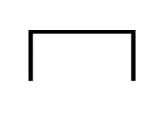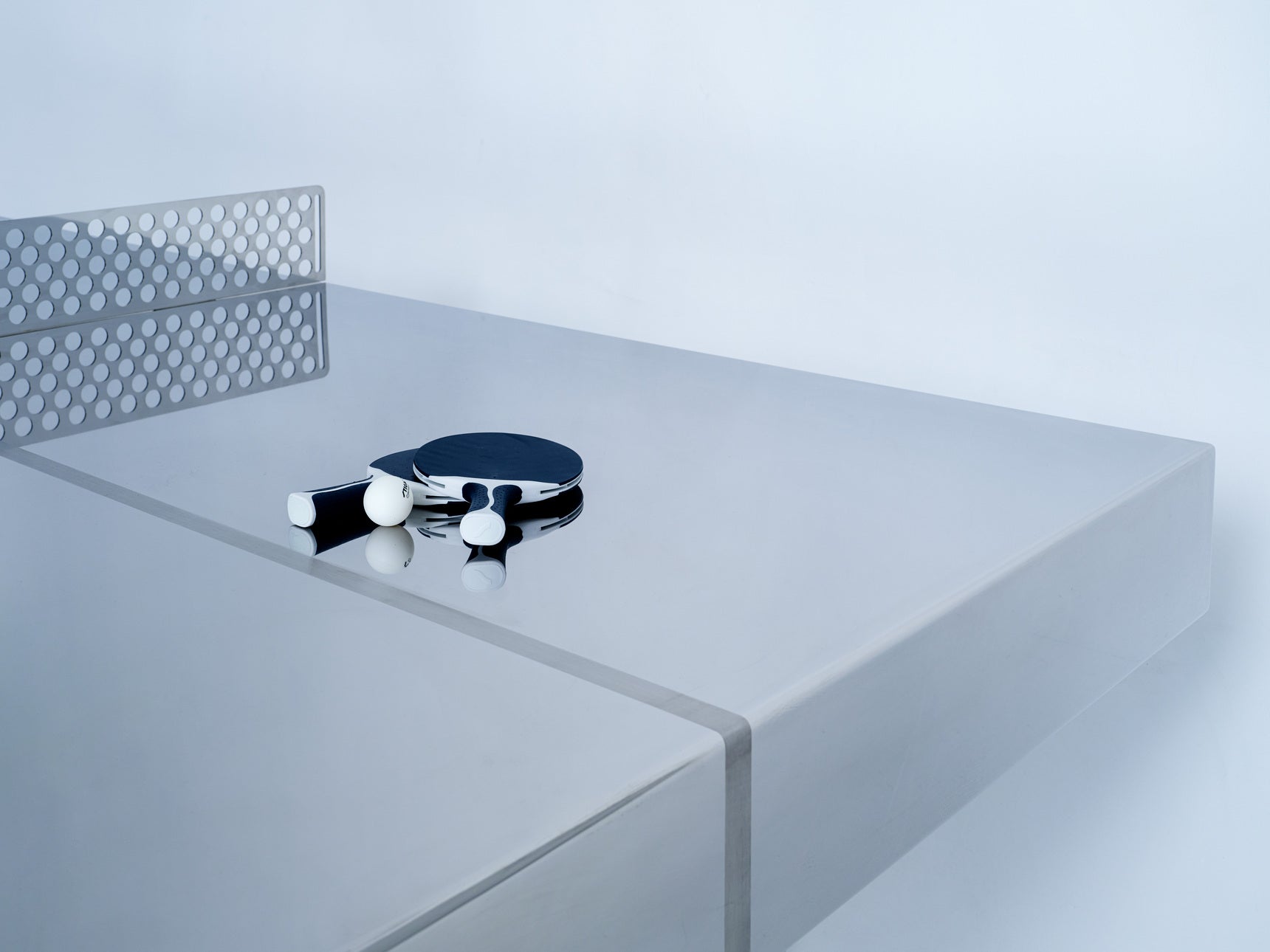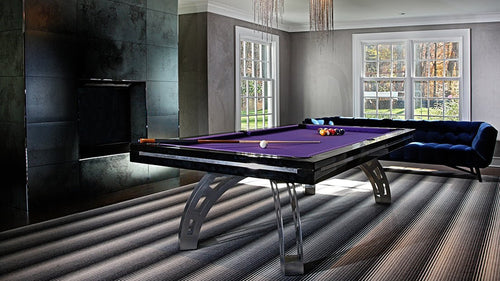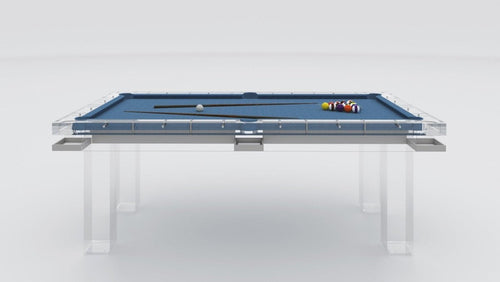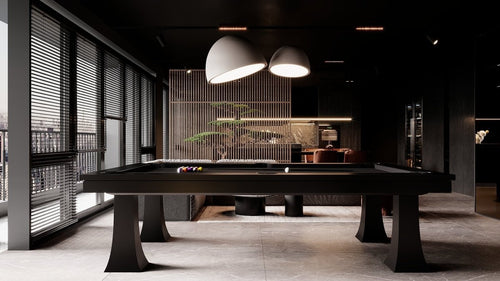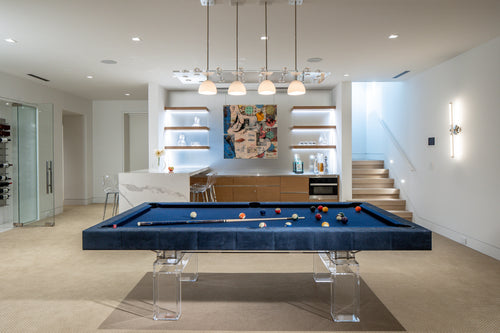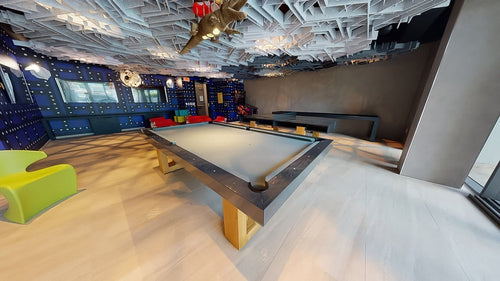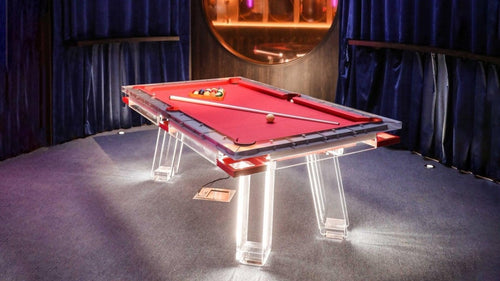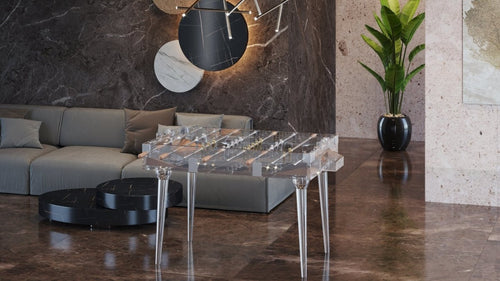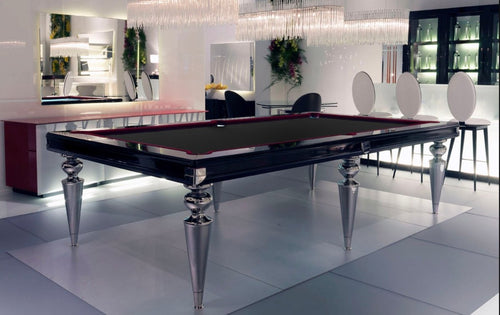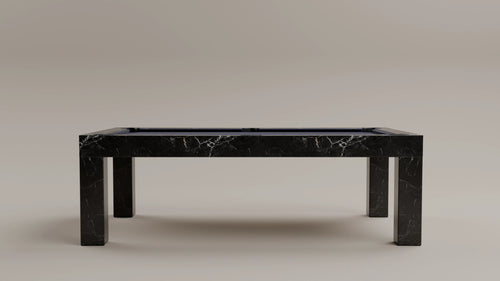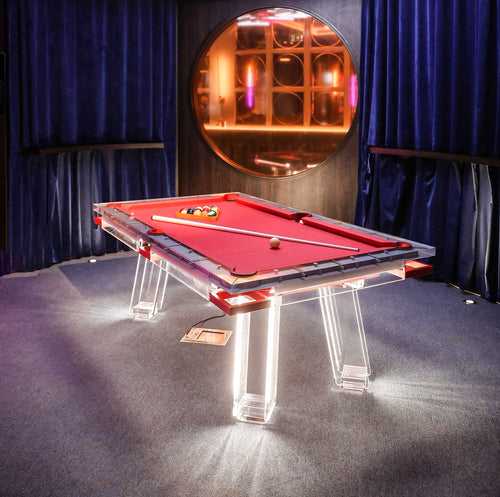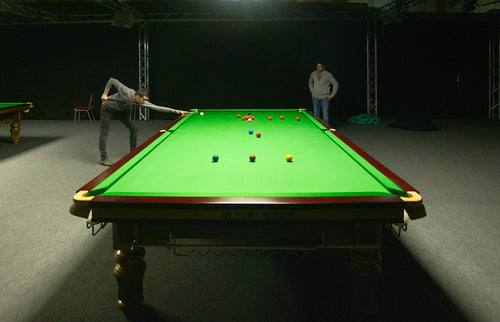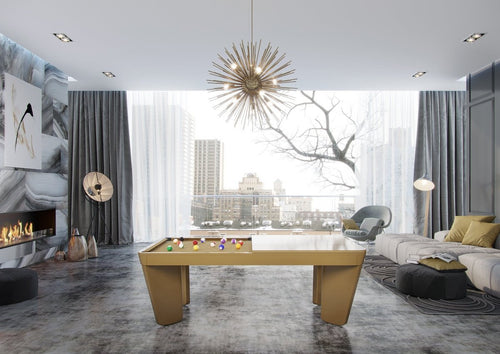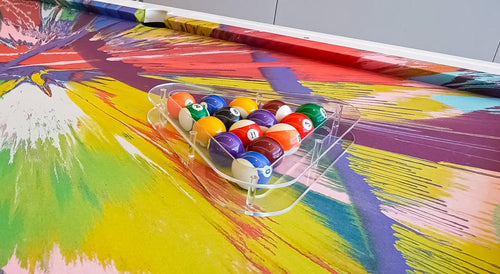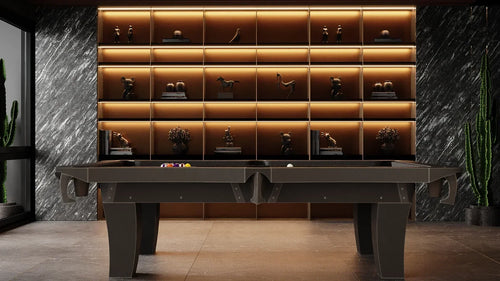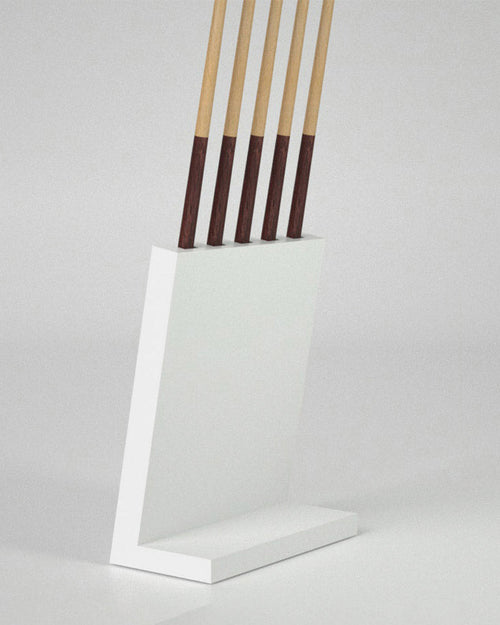Enjoy our modern designs
Estimated Read Time: 5 mins | Updated:
Understanding Regulation Ping Pong Tables
If you're into ping pong (table tennis), knowing table size and space requirements is step one—whether you're just playing for fun or planning to train like a pro. Here’s the breakdown on regulation specs and how to choose the right setup for your space.
Regulation Ping Pong Table Dimensions
- Length: 9 feet (108 inches)
- Width: 5 feet (60 inches)
- Height: 2.5 feet (30 inches)
These are ITTF standards—non-negotiable if you’re playing tournaments, but also best for consistent play at home.
Key Features of Regulation Tables
- Table Markings: 2 cm white border, 3 cm center line (for doubles).
- Net Size: 6 feet wide, 6 inches tall, with 6-inch overhang per side.
- Surface & Bounce: Dark color, white lines, must bounce a standard ball 9 inches from a 12-inch drop.
- Thickness: 1 inch minimum for regulation bounce and durability.
How Much Space Do You Need?

- Recreational Play: Minimum 19' x 11', ideally 28' x 13'
- Local/Regional Tournaments: 30' x 16.5'
- National: 33' x 16.5'
- International: 46' x 23'
More serious = more space. Pros stand way back for defense and long rallies.
Variations for Smaller Spaces
- ¾ Size: 6.75' x 3.75', standard height.
- Mid-Size: 6' x 3', standard height.
- Mini Tables: For kids/casual play, portable.
- Conversion Tops: Place on pool tables—often full size.
- Outdoor Tables: Built for weather, same regulation size.
Materials & Durability

- MDF: Most common. Good bounce, affordable.
- Aluminum Composite: For outdoor, won’t warp.
- Wood Veneer: High-end, looks great, still performs.
Customizing Your Ping Pong Table

- Colors: Any for rec play; dark blue/green for competition.
- Materials: Glass, stainless, whatever fits the room—as long as bounce is regulation.
- Foldable: Easy storage, perfect for small or multi-use spaces.
Conclusion
Pick your table based on your space, level, and how you actually play. If you want style *and* performance, check out something like the Deco Lux stainless steel ping pong table. Modern look, bombproof materials, works inside or out. Bottom line: get the right size and surface, make sure you’ve got room to move, and enjoy the game.
Ready to Upgrade Your Game Room?
Explore our collection of luxury ping pong tables and bring pro-level play and modern style to your home or business.
Browse Luxury Ping Pong TablesWant expert advice before you buy? Contact us for a free consultation.

